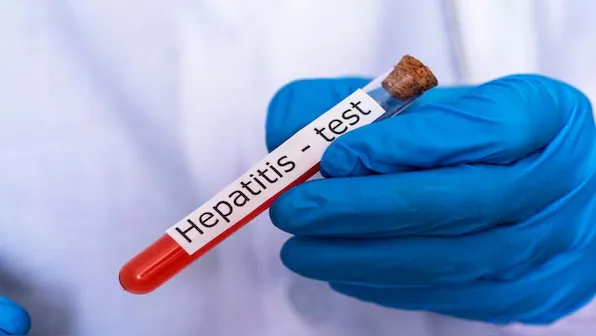India Among Nations with Highest Burden of Viral Hepatitis, WHO Reports: Strategies to Prevent Transmission
In a recent revelation by the World Health Organisation (WHO), India finds itself among the nations grappling with a significant burden of viral hepatitis, a condition notorious for causing liver inflammation, damage, and potentially leading to liver cancer. The Global Hepatitis Report 2024, released by WHO, sheds light on the alarming statistics, indicating that approximately 2.9 crore individuals in India are living with Hepatitis B infection, while another 0.55 crore are affected by Hepatitis C.
The report further highlights the grim reality of the situation, revealing that in 2022 alone, India witnessed over 50,000 new cases of Hepatitis B and 1.4 lakh new cases of Hepatitis C. These infections claimed the lives of approximately 1.23 lakh individuals in the same year. Hepatitis B and C are primarily transmitted from mother to child during childbirth, through improperly screened blood transfusions, contact with infected blood, or needle-sharing among drug users. However, vaccination against Hepatitis B offers a preventive measure, while Hepatitis C is treatable with medications.
Dr. SK Sarin, Vice-Chancellor of the Institute of Liver and Biliary Sciences (ILBS), underscores the importance of vaccination, emphasizing that all newborns should receive the complete vaccination regimen. Additionally, adults who were born before the vaccine was included in the national program should also avail themselves of the vaccination. Dr. Sarin’s remarks underscore the urgency to address the growing prevalence of viral hepatitis in India.
Understanding Hepatitis B and C: Symptoms, Treatment, and Prevention
Hepatitis B presents itself with symptoms such as nausea, vomiting, and yellowing of the eyes and skin, often leading to severe liver damage and, in some cases, liver cancer. On the other hand, Hepatitis C may not manifest symptoms immediately, but individuals may experience yellow skin or eyes, loss of appetite, nausea, abdominal pain, fever, dark urine, light-colored stool, joint pain, and fatigue.
Globally, viral hepatitis accounts for nearly 1.3 million deaths annually, making it as fatal as tuberculosis. Despite its significant impact on public health, the coverage of diagnosis and treatment for viral hepatitis in India remains alarmingly low. Only a small fraction of cases are diagnosed and receive treatment, highlighting the urgent need to expand access to healthcare services and increase awareness about the disease.
Hepatitis C treatment spans 12 to 24 weeks, effectively curing a substantial proportion of patients. However, ensuring timely diagnosis and treatment remains a crucial challenge that must be addressed to mitigate the health consequences of viral hepatitis.
As India grapples with the burden of viral hepatitis, concerted efforts are needed to expand vaccination coverage, improve access to diagnostics and treatment, and enhance public awareness about prevention strategies. By adopting a comprehensive approach, India can effectively combat the menace of viral hepatitis and safeguard the health and well-being of its population.

